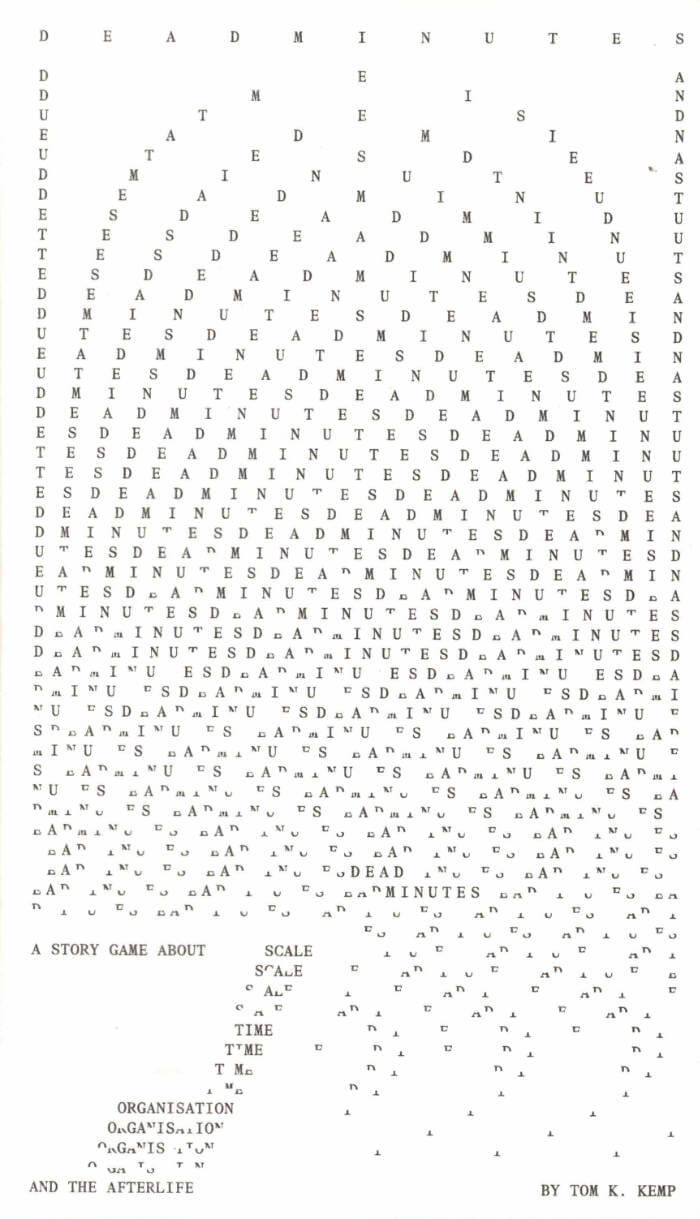
Lava Lines
Naïmé Perrette ed.
Lava Lines explores the life forms, contemporary myths and geopolitical powers that shape volcanic landscapes. It gathers poetry, role play's transcription, film scripts and visual works of several artists, to touch on collective memory, non-human agency and myth-making.
The art works presented in the publication are by Leïla Arenou, Francisca Khamis, Naïmé Perrette, Camille Picquot, Rachel Pimm, Francisca Khamis, Juliette Lizotte, Riar Rizaldi and Arif Kornweitz
It also archives live performances/screenings by Francisca Khamis, Arif Kornweitz, Mika Oki, Chooc Ly Tan, Adán Ruiz, Ana Vaz, and Rieko Whitfield.







